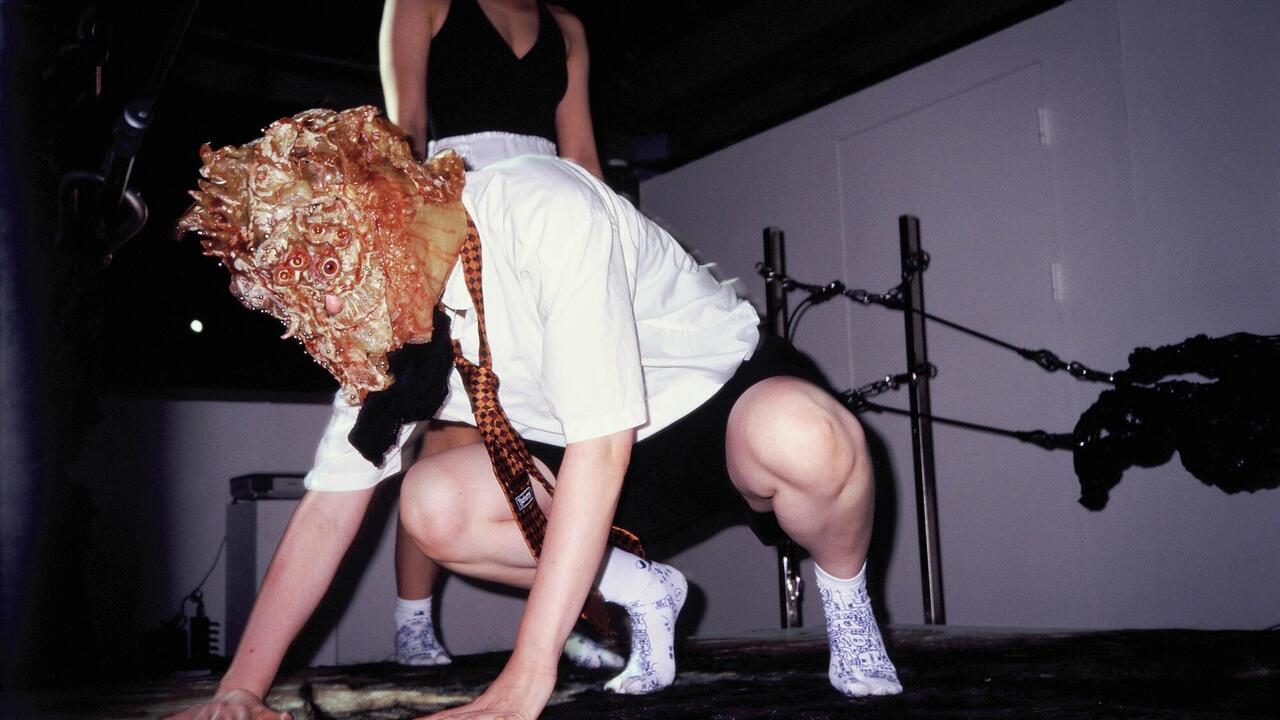16th Biennale of Sydney
Curated by Carolyn Christov-Bakargiev, the 16th Biennale of Sydney opens this June, aiming to explore the dynamics and multiple meanings of revolution
Curated by Carolyn Christov-Bakargiev, the 16th Biennale of Sydney opens this June, aiming to explore the dynamics and multiple meanings of revolution

It was an Australian, the critic and commentator A.A. Phillips, who coined the term ‘cultural cringe’ for the feeling of inferiority artists and other intellectuals have to work against in the colonial situation where ‘real art’, for example, always comes from somewhere else. The Biennale of Sydney has shown Australian art alongside international work since it was first held in 1973, and the institution has played a key role in forming the self-image of contemporary art in the region, as well as simply being a significant catalyst for the exchange of art, opportunities and ideas with the wider world.
Founded long before the British policy-speak of ‘creative industries’ spread to legislation in Australia, New Zealand and Singapore, the event pre-dates the accompanying new wave of biennials that have arisen at least partly on the premiss that an art-friendly, so-called ‘creative city’ affords an economic advantage. These give an important context now, though, and the 2008 Biennale of Sydney, which opens in June, is connected to the recently developed Yokohama Triennale (founded 2001) and the Shanghai (1996), Singapore (2006) and Gwangju (1995) biennials through a Grand Tour-style promotional collaboration, Art Compass 2008. Busy art professionals from Europe and the USA are obviously encouraged to kill several birds with one itinerary, lowering the required carbon offsets for jet fuel at the same time as maximizing international reach. Outside this venture, the SCAPE Biennial of Art in Public Space in Christchurch, New Zealand, is also timed to open just after the closing week in Sydney. However the next instalments of the other main events of this type nearby – the regionally focused Asia-Pacific Triennial (founded 1993) in Brisbane (the Biennale of Sydney’s key sibling) and the Auckland Triennial (2001) in New Zealand – are not due until 2009 and 2010 respectively.
Carolyn Christov-Bakargiev, the Artistic Director for Sydney 2008, is eloquent on the topic of ‘biennial syndrome’, acknowledging that while the proliferation of this kind of show may plausibly ‘have decentralized art and created multiple art systems’, it has also invented ‘new possibilities of disempowerment’. She comes to the job with some practical experience of negotiating such issues, including having helped to establish the well-received inaugural Turin Triennial (2006) in her native Italy, which she co-curated with Francesco Bonami, fresh from his work on the Venice Biennale of the previous year. She will carry forward a strategy they adopted by engaging a team of correspondents in the curatorial process, this time termed ‘curatorial comrades’ and including Gridthiya Gaweewong, Massimiliano Gioni, Raimundas Malasauskas, Jessica Morgan, Hans Ulrich Obrist and Russell Storer.
If the word ‘comrade’ has a political ring, Christov-Bakargiev’s exhibition concept squarely acknowledges art’s ambitions for a role in political change. Her title, ‘Revolutions – Forms That Turn’, also safely gives weight, though, to art’s self-contained existence and its formal innovations and returns. Her published elaboration plays up the mechanical sense of revolution alongside its history as a political term and likewise promises a timely consideration of how we understand, desire, activate and use change, in art and in the world.
On the southern edge of the Pacific Rim the ‘possibilities of disempowerment’ Christov-Bakargiev notes are inflected by the legacy of colonial violence and also simply by the way geographical distance amplifies the effects of power imbalances between artists based here and those closer to wealthier markets. The announcement of the exhibitors list won’t be made until possibly March, the office of the Biennale advises, and in the meantime the exhibition concept gives little away about how these things might be handled. Especially interesting will be the scope of political issues the show will raise, given the tensions visible during the Australian elections last year around the previous government’s unabashed support for the Bush administration in the USA and the war on Iraq, its controversial treatment of asylum seekers and its refusal to sign the Declaration on the Rights of Indigenous Peoples, considered in the United Nations General Assembly and brought to a stalemate in September by the USA, Canada, New Zealand and Australia.















